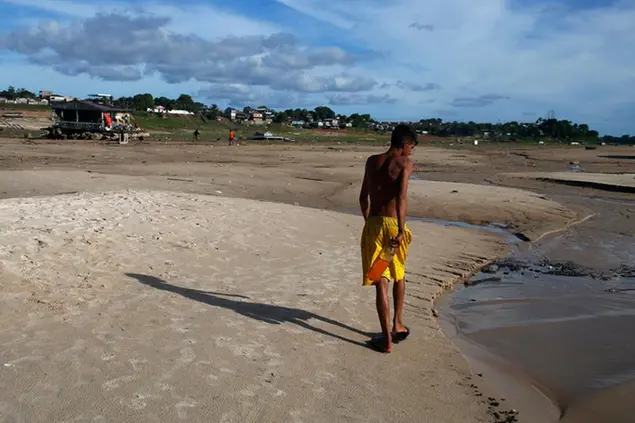- Il Programma ambientale delle Nazioni unite (Unep) ha appena stilato una preoccupante contabilità del carbonio, prefigurando le possibili traiettorie della crisi climatica.
- Ve lo dico subito come andrà a finire verso il 2100. La temperatura media non salirà di 3-4° C perché il mondo qualcosa sta facendo. È però troppo poco per contenere il surriscaldamento attorno agli 1,5° C che servirebbero a scongiurare le conseguenze peggiori.
- Il tempo perso in passato e la forza d’inerzia determineranno comunque un aumento delle temperature medie attorno a 2,5° C., condannando il mondo a un collasso ecologico.
Siamo vicini al baratro climatico, ma si può ancora tornare indietro

06 dicembre 2022 • 13:00